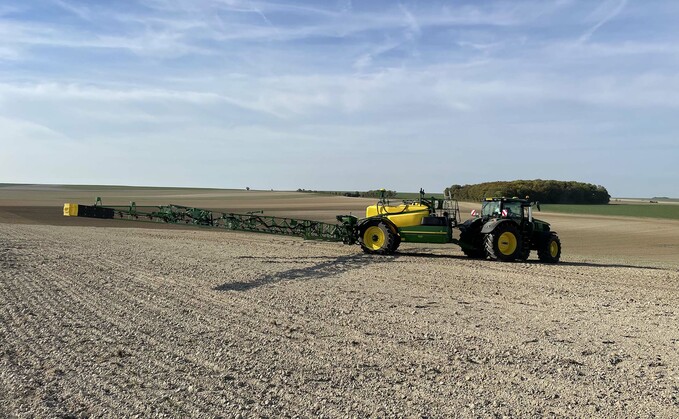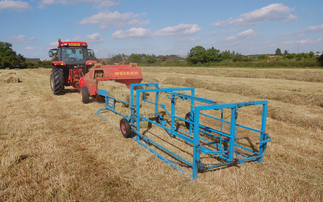
Image:
Solenoids attached to nozzle bodies control individual shut off.
John Deere See and Spray In a bid to be the market leader in smart spraying technology, John Deere has announced a commitment to continue the role out of its See and Spray technology. With the brand's...




.png)


